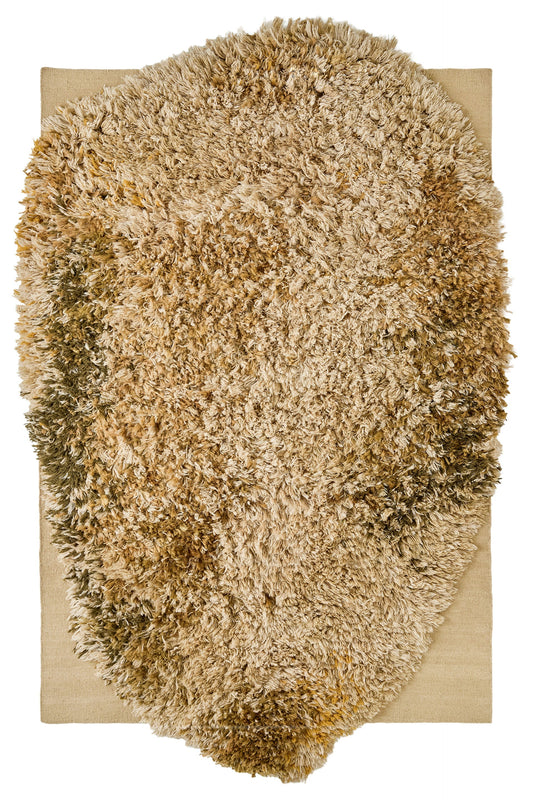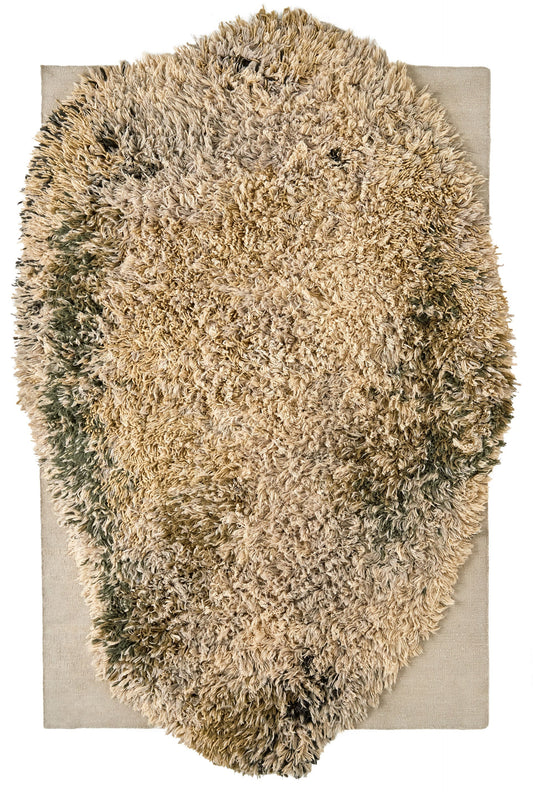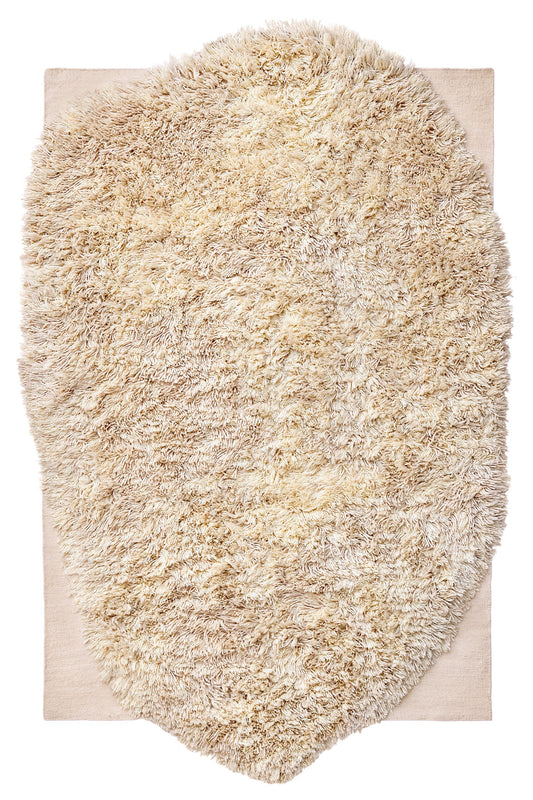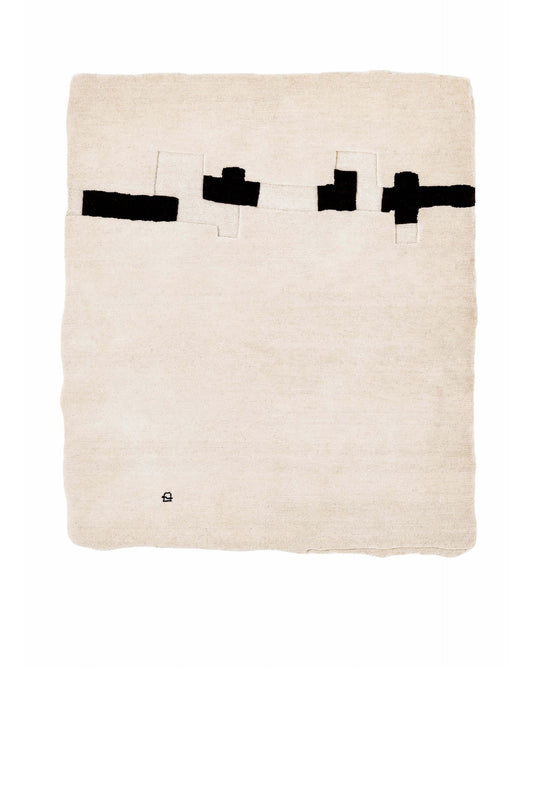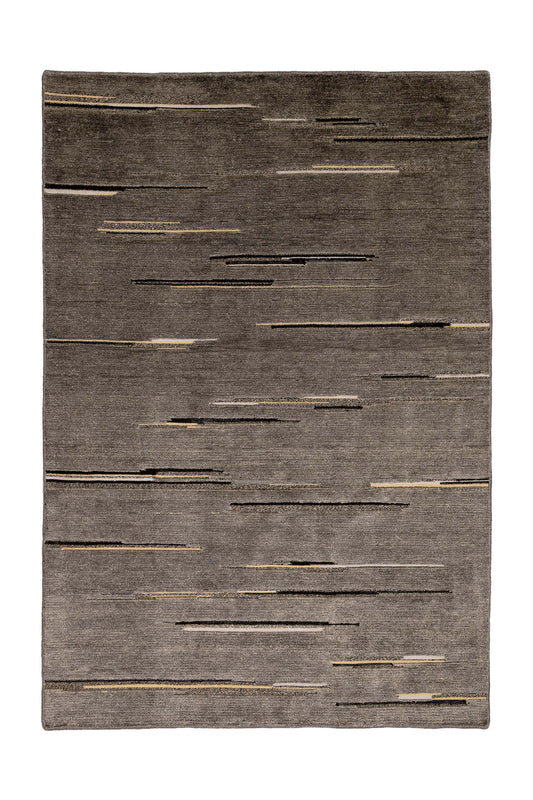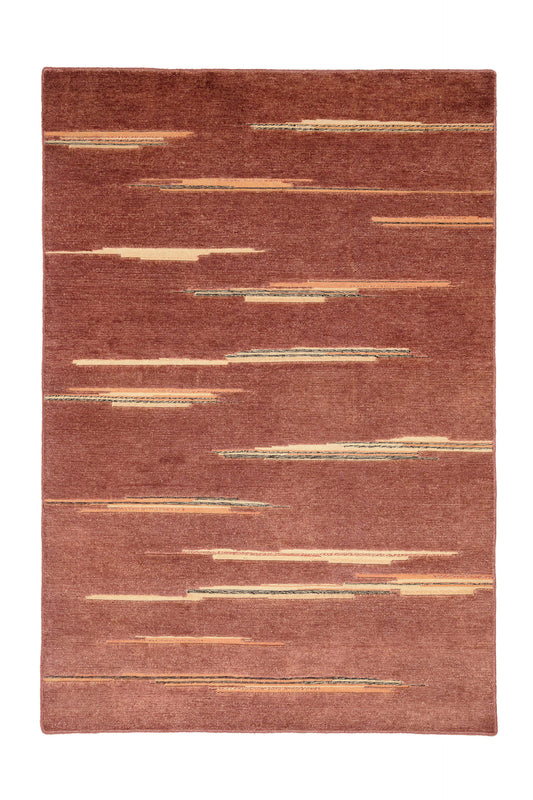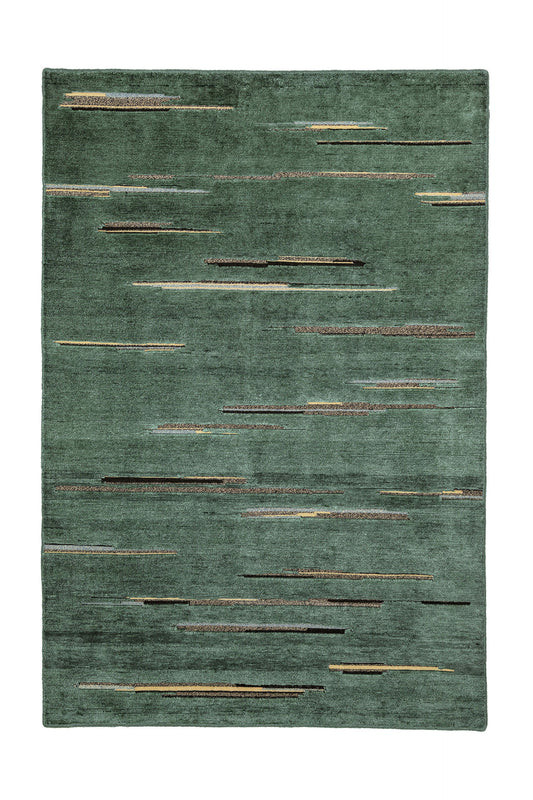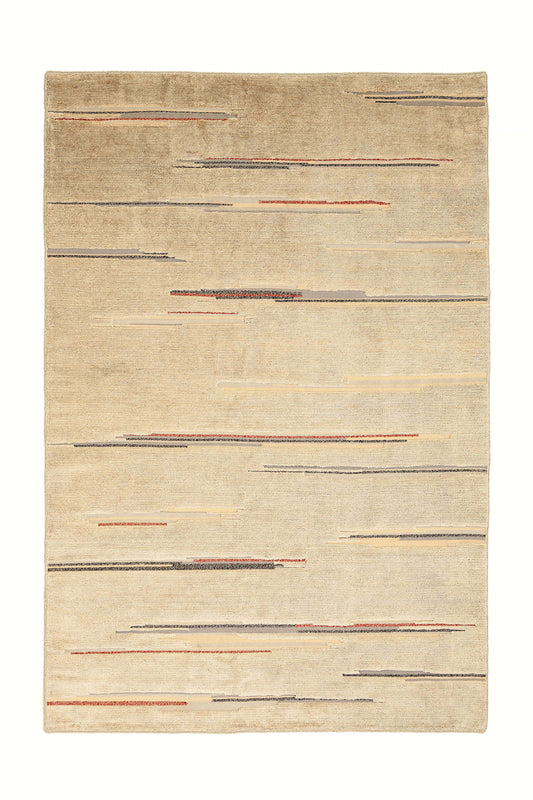Which rug to choose to keep your home warm
Originally designed to counteract the low temperatures of winter.
Rugs not only help give your home style through colour, volume, texture and their ability to perfectly compliment spaces, they also provide insulation and warmth, perfect for creating a cosy atmosphere in cold weather.
Originally designed to counteract the low temperatures of winter, there are a few things to consider before choosing the right rug, including the fibre, technique and material used. Here are some quick tips on how to find the perfect rug.
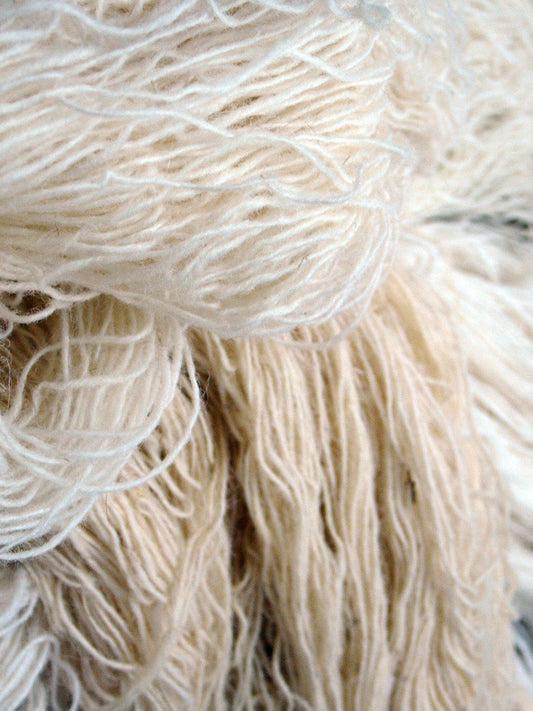
Material: Wool
Rugs woven from high-quality wool are the best insulators against the cold. This is because of their natural thermoregulating capacity, which means when the humidity in the room increases or decreases, the wool fibres absorb or release water moisture in reaction. When the outside temperature decreases, the fibres cool down, absorb moisture and warm up.
Wool also helps save energy, and single-storey houses with ventilated floors benefit most from the insulating properties of rugs. Energy savings of 5-13% have been recorded in real-world studies.
These rugs also increase the feeling of comfort, thanks to their breathable characteristic, helping to create a dry environment.
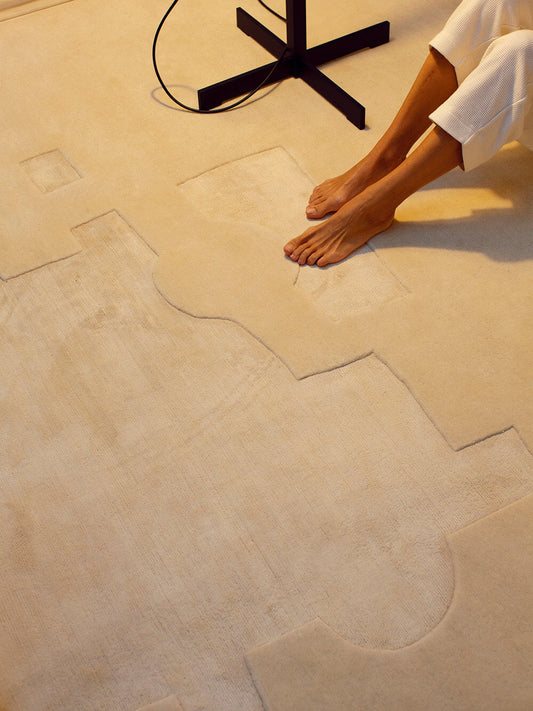
Technique: Hand-knotted or hand-tufted
Now that we know what to look for in terms of material, we need to consider which technique to choose. Generally, thicker rugs provide better insulation than thinner ones as they have more material per square metre and an open-cut weave, meaning more air is retained in the spaces between the fibres.
As a result, we recommend looking for rugs woven hand-knotted or hand-tufted techniques, as they result in a higher density and this last technique usually have a higher pile height.
These rugs also tend to have the highest thermal resistance. The low thermal conductivity of wool and its natural waviness contribute to its great resilience.
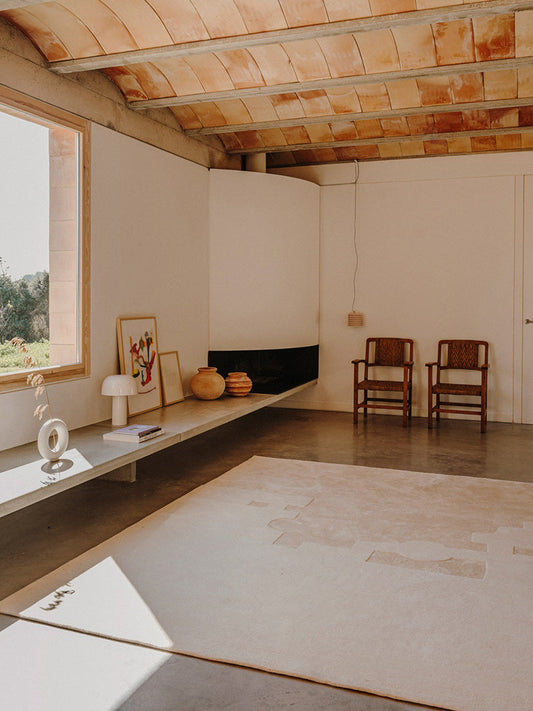
Size: the bigger, the better
The last aspect to look at is size. For example, when you have wooden flooring on the ground level, heat tends to be lost as the floor is exposed. Placing rugs in each area is a great way to cover large floor spaces and make sure the cold doesn't spread. Check our Size Guide to help find the perfect dimensions for your winter rug and figure out how to style it with other items in the space.
Above all, rugs add an extra layer between the floor and the room and provide an additional barrier to prevent the cold from seeping in. And as a way to reduce the chill coming in from outside, you can also hang a wool tapestry on the wall. Take a look at our rug and tapestry recommendations and find the perfect one for you.
Rugs add an extra layer between the floor and the room and provide an additional barrier to prevent the cold from seeping in.
You can also hang a wool tapestry on the wall, it will help you reduce the chill coming in from outside.

